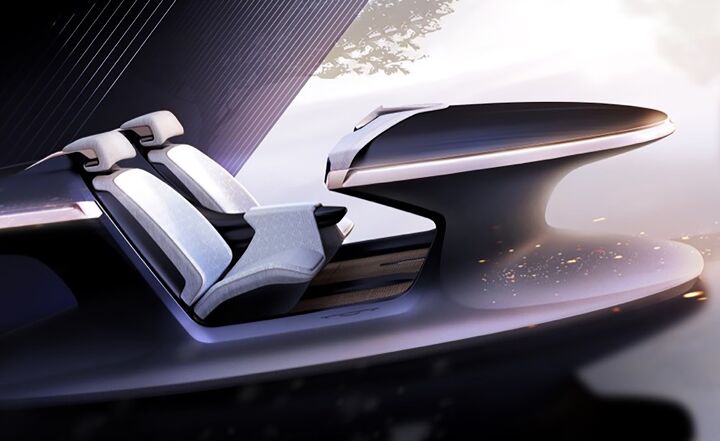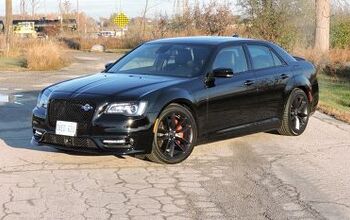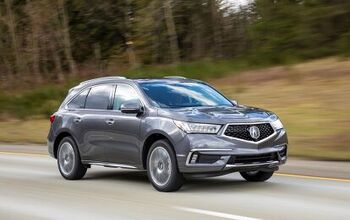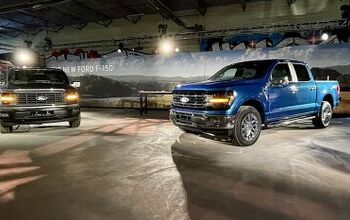Chrysler Synthesis Cockpit Previews Brand's AI-Powered Next-Gen Interiors


Chrysler will provide first North American application of new Stellantis digital assistant and Level 3 driving systems.
Ahead of the Consumer Electronics Show (CES) officially opening its doors, Chrysler early Wednesday debuted the Synthesis Cockpit concept. This interior gives us a taste of what to expect from Chrysler’s first battery-electric model, which is still on track to debut in 2025 according to the accompanying press release.
Since this is ostensibly a tech showcase first, let’s start with those bits. There are three debuts here, all falling under the “Advanced Technology For Real Life” banner (yes, that’s the official name): STLA Smart Cockpit, STLA AutoDrive, and STLA Brain.

Smart Cockpit is fairly self-explanatory, with a virtual assistant promising to “synchronize all aspects of the customer’s digital lifestyle including home, work and personal devices.” Sure, the driver and front-seat passenger have a combined 37.2 inches of high-definition displays in front of them, but the AI-powered assistant can take care of most tasks for them. MyDay, for example, syncs with mobile devices as well as home smart tech, with the goal of laying out the most efficient trip plan for the day. These plans also take into account the charge status of the car as well as weather updates. On the road, the assistant can recommend ideal charging and parking options. Chrysler also says the system can assist with e-commerce services, though offers no further information.
SEE ALSO: Chrysler Airflow Concept Previews Brand’s 2028 Move to Fully ElectricGoing back to the displays, the Smart Cockpit AI can alter the user interface over time, “learning” what a user’s preferences are and adapting to suit. Over-the-air (OTA) updates are of course part of the plan, as well. Stellantis says the Smart Cockpit is capable of delivering a custom welcome sequence for users based on biometric recognition—something we would imagine is tied to user profiles and opted into. The system is also capable of providing activities such as meditation, karaoke, or as demonstrated on the show floor, the ability to create music. All of these features are available while the car is stationary or driving autonomously.

The latter comes by way of STLA AutoDrive, Stellantis’ Level 3 driving assist. The press release states that the system will allow for hands-free, eyes-off-the-road driving, and will be capable of its own updates over its life.
STLA Brain is only briefly touched on in the press release, referenced as the “electrical architecture [that] works within the STLA Smart Cockpit infotainment system.”
The whole experience is wrapped up in a clean, modern design that majors on sustainability. The heathered material of the instrument cluster and seatbacks? Completely recycled plastics. Vegetable-tanned synthetic leather wraps the seats, complete with a constellation-themed perforation pattern. Even the floor is made from walnut—responsibly sourced, natch. Chrysler says the Synthesis Cockpit design is inspired by last year’s Airflow concept, and previews the brand’s future design direction.

When will we actually see this future? As mentioned above, Chrysler is still aiming for a 2025 debut of its first BEV, followed by the complete brand-wide switch to batteries for 2028.
Stay tuned as we get first-hand impressions on the Synthesis Cockpit and other debuts at CES 2023.
Become an AutoGuide insider. Get the latest from the automotive world first by subscribing to our newsletter here.

Kyle began his automotive obsession before he even started school, courtesy of a remote control Porsche and various LEGO sets. He later studied advertising and graphic design at Humber College, which led him to writing about cars (both real and digital). He is now a proud member of the Automobile Journalists Association of Canada (AJAC), where he was the Journalist of the Year runner-up for 2021.
More by Kyle Patrick































Comments
Join the conversation